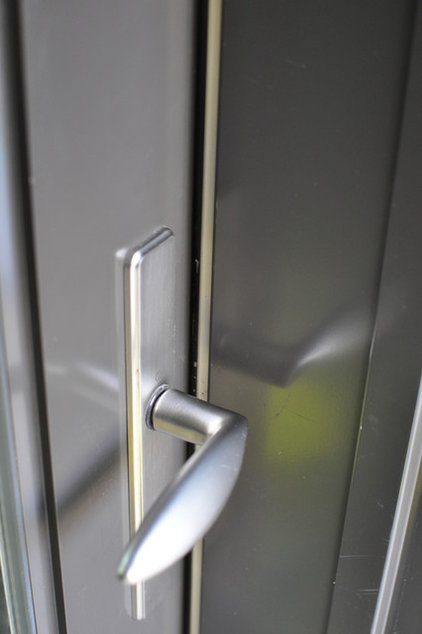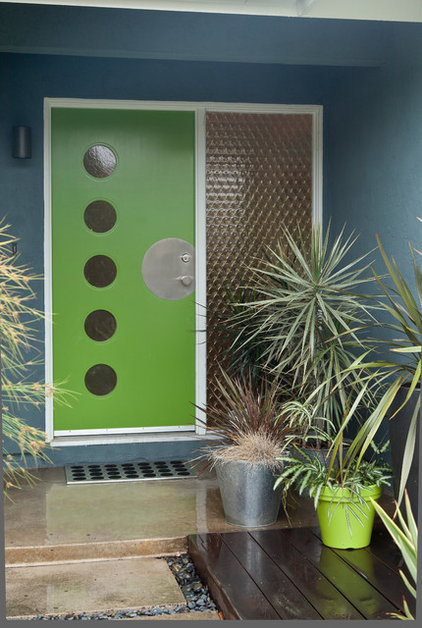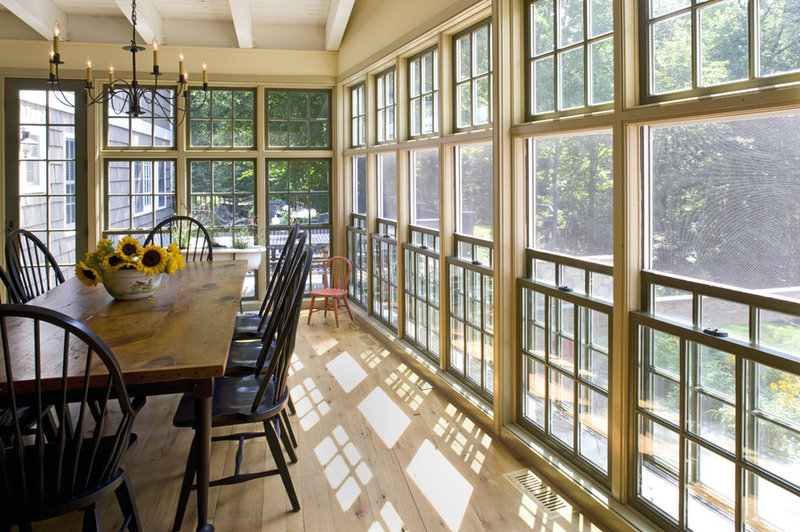It’s a fact of life: Homes come with far more emotional weight than any other investment we make.
A home is a refuge from the world, a place to raise a family and, for some people, an investment they hope will bring them a good chunk of money down the road. We fall in love with houses in a way that we never fall in love with a portfolio of stocks and bonds.
All too often, though, we don’t realize that how we feel about homes blinds us when it comes time to buy or sell. We let our emotions blind us to cold facts about the market or the realities of ownership. Or we prioritize one set of emotional needs over others that are just are strong but may not be evident at first. And ignoring them can lead us to make bad financial decisions that can affect us for decades to come.
For instance, people might focus on their desire for a house that’s a certain size or style, but ignore the fact that they want to spend as much time as possible with family. So they might buy a “perfect” house that requires them to make a long daily commute to work and keeps them away from home for two extra hours each day.
The home-selling side of the equation brings its own set of thorny issues. Homeowners often have an overly rosy view of their home and expect it to increase in value far beyond reasonable expectations. And when they put it on the market, they often stubbornly cling to their asking price—even if it means leaving it up for sale far longer than they planned, and risking the possibility of not selling it at all.
Here’s a closer look at some psychological missteps that buyers and sellers often make as they wade into the housing market.
Ignoring the big picture
Home buyers are always on the lookout for features—like a longer driveway or bigger backyard—that will make them happier with their home. But people don’t realize that those changes may not make them happier with their life as a whole.
“When people move to better housing, they think they will be a lot happier overall,” says Shige Oishi, a co-author of a 2010 study on the subject in Social Indicators Research. “When they actually move, however, their overall happiness does not often change because there are many trade-offs in moving.”
One of the biggest trade-offs is commuting. Many move to live in a bigger house, but that bigger house is often farther away from work — so that means more commuting, which tends to add stress and detract from overall happiness. A 2008 study in the Scandinavian Journal of Economics shows that people who had longer commutes reported “lower subjective well-being” than those with shorter commutes. “If you’re moving to a place far away from your friends, but it has nicer stuff, it’s not a great deal for your happiness,” says Elizabeth Dunn, a psychology professor at the University of British Columbia.
In another study in the Personality and Social Psychology Bulletin, Dunn and her co-authors explored the matter of expectations vs. reality in another way — by looking at Harvard undergraduates who were randomly assigned to different dormitories. The study showed that first-year students incorrectly predicted what would bring them the most satisfaction from their dorms — physical features like location on campus, the attractiveness of the residence, room size and desirability of the dining hall and facilities.
In the initial survey, the students put no weight on social features, such as relationships with roommates and a sense of community in the residence. But when the researchers checked back in with the students after they’d been living in their dorms, the only thing that appeared to matter for their happiness was the quality of the social factors.
“It’s so easy to get caught up in comparing the physical features of the places you’re looking at,” says Dunn, “but you should really stop to consider how the places you’re considering will shape your social relationships.”
Overlooking big expenses
People who are buying homes tend to compartmentalize their expenses and not add up the total cost of everything needed to fix up and furnish the house, says Alex Tabarrok, a professor of economics at George Mason University. That can lead them to make poor choices about how much to pay for a home. For instance, they may overspend on a down payment for the house itself and leave themselves without enough money to buy the sort of decorations or furniture that they want. “When you’re getting a house, think about furnishing it at the same time,” says Tabarrok.
read more…
http://www.marketwatch.com/story/
























